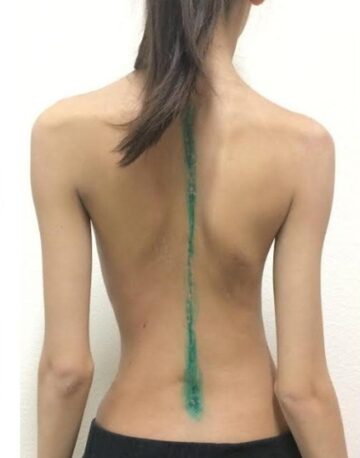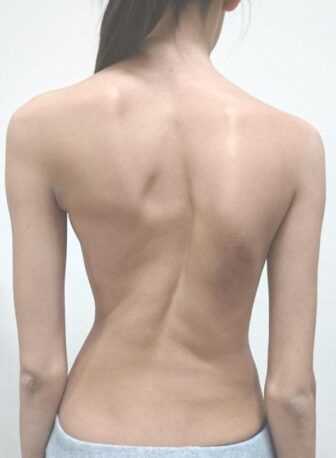During your pre-assessment, you should tell your nurse about any health conditions you have, such as diabetes, or bleeding disorders, and about any medicines that you may be taking, including blood-thinning and over-the-
counter medicines. You may be asked to stop taking certain medicines for several days before the procedure.
If you are a woman of child-bearing age, you must tell your nurse if you could be pregnant. If unsure, you will be asked to have a pregnancy test. This is because x- rays are usually used during the procedure. They are safe for adults but may harm your developing baby. If you are pregnant, your doctor will talk about alternatives to the procedure.
 English
English
 English
English
 English
English





